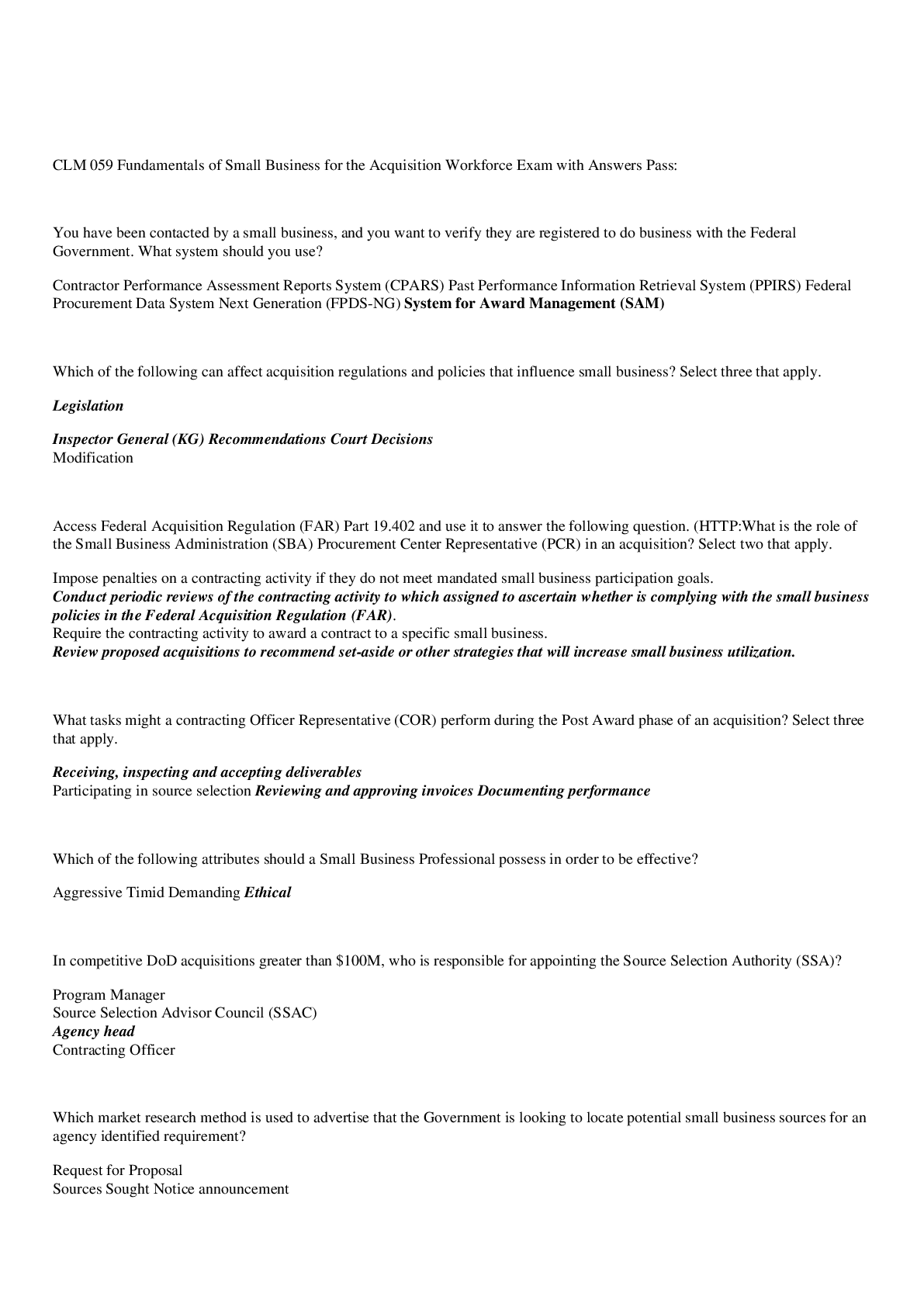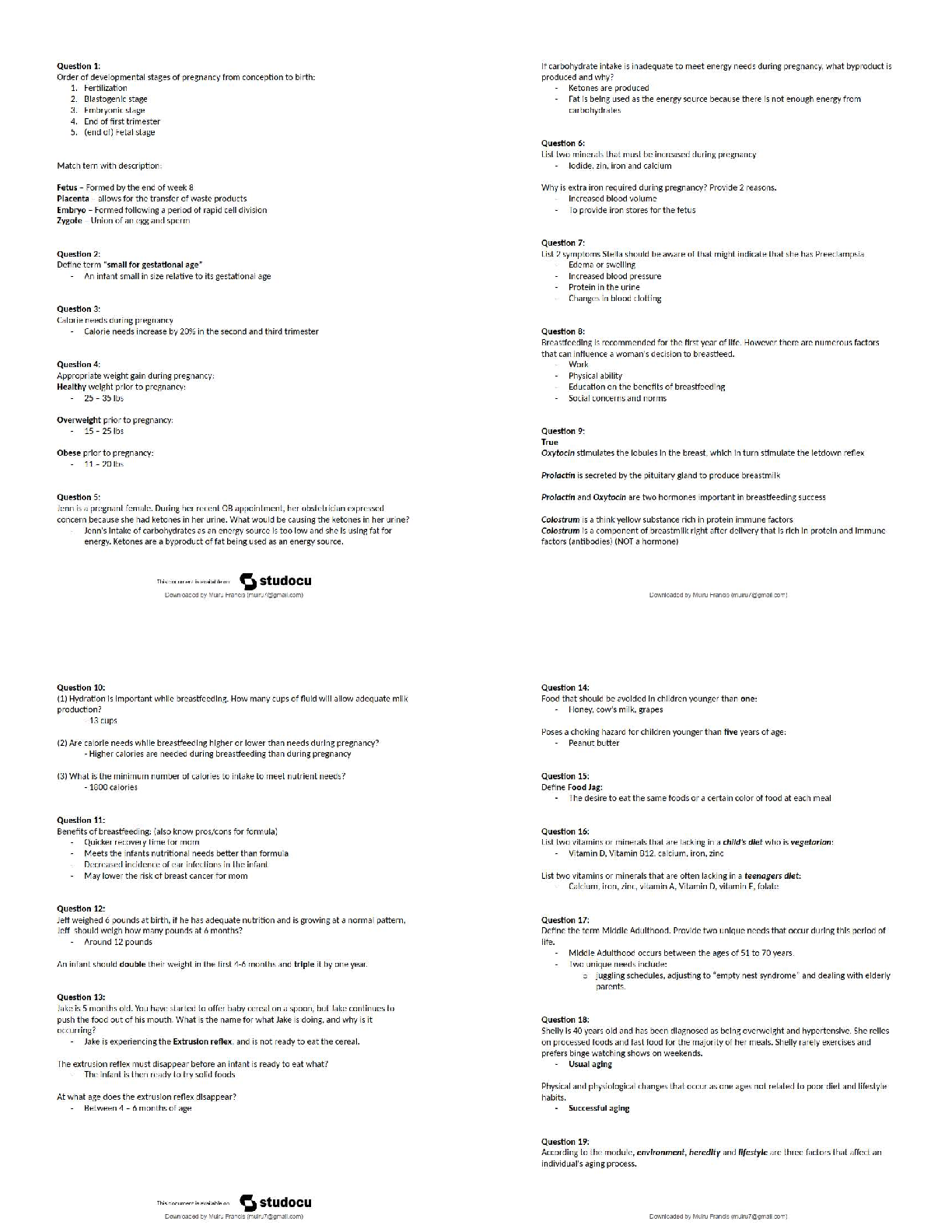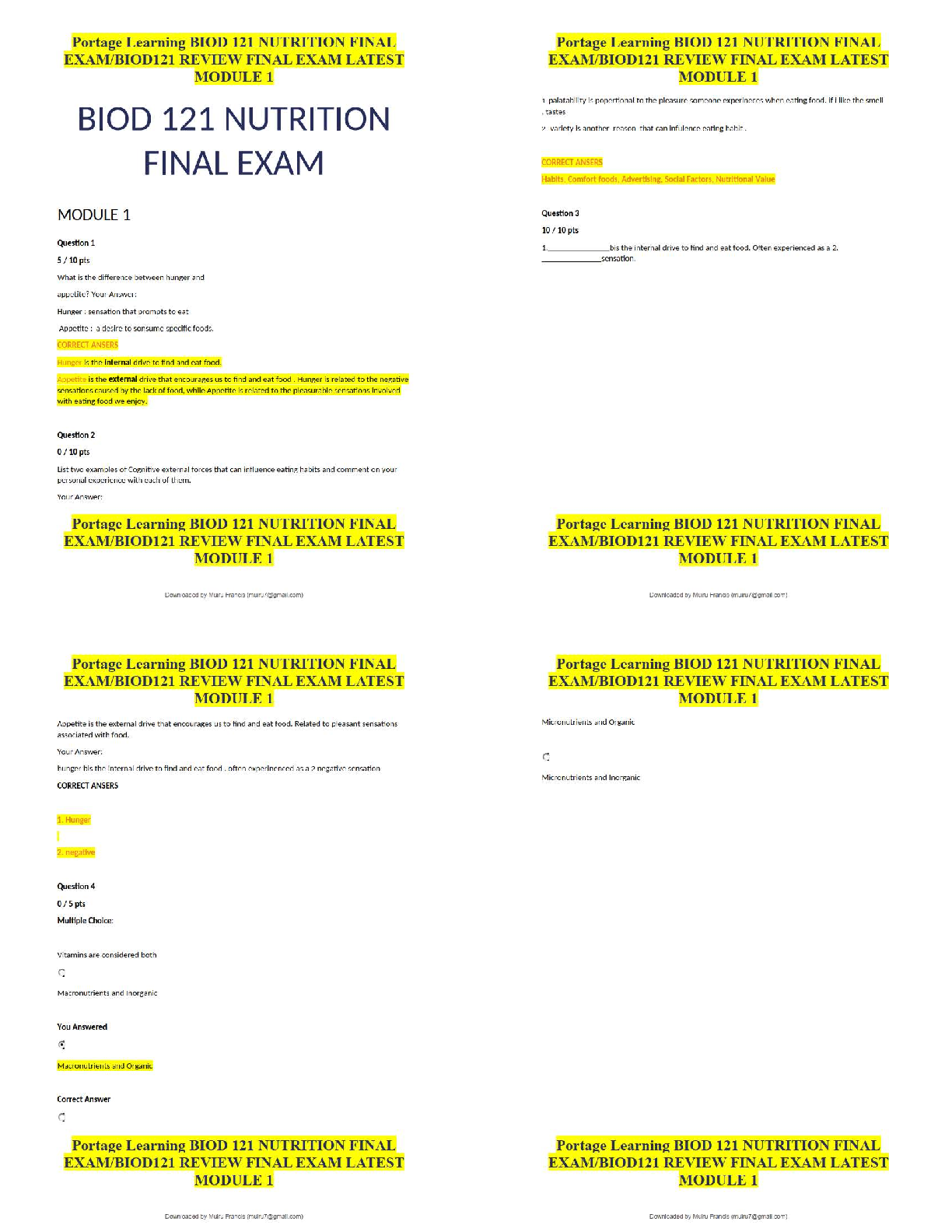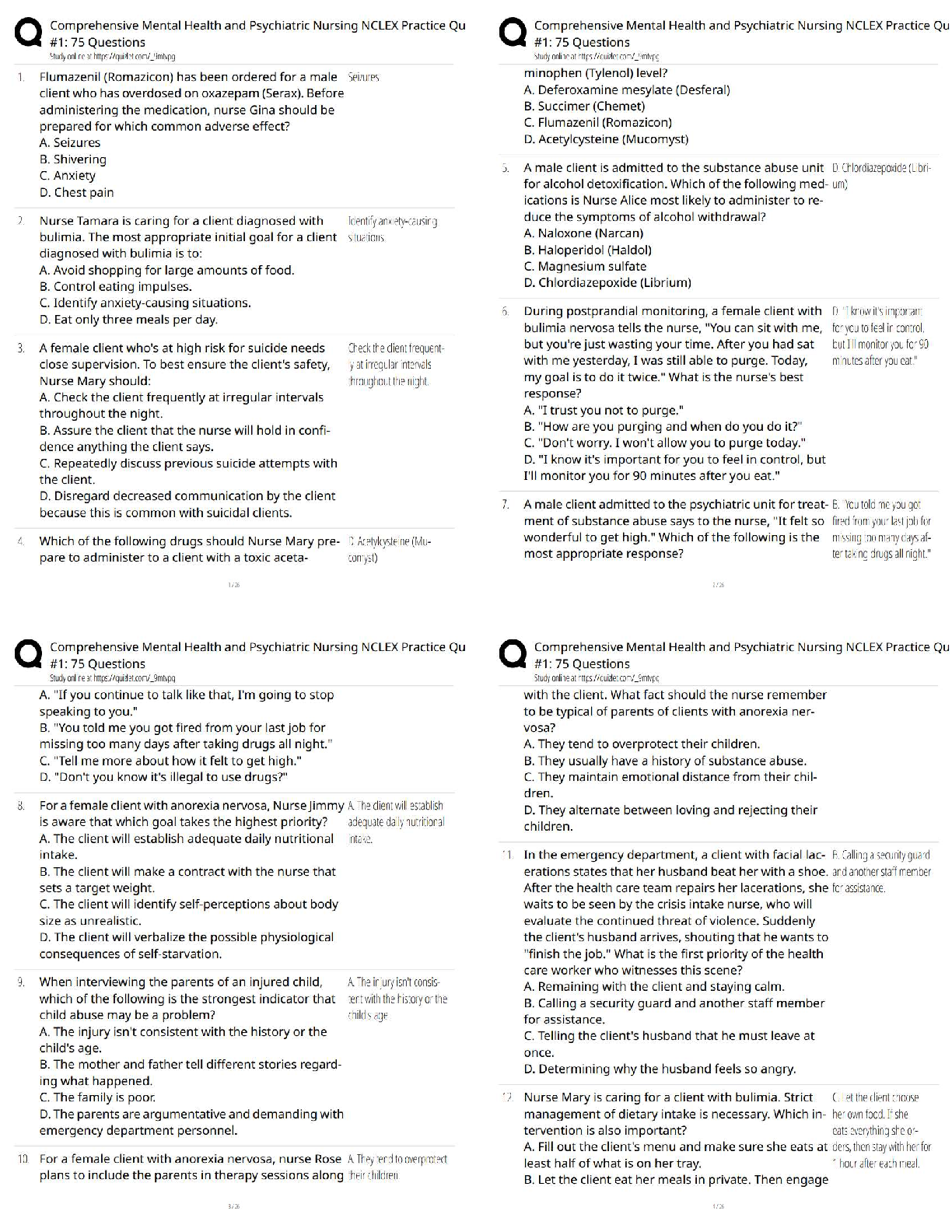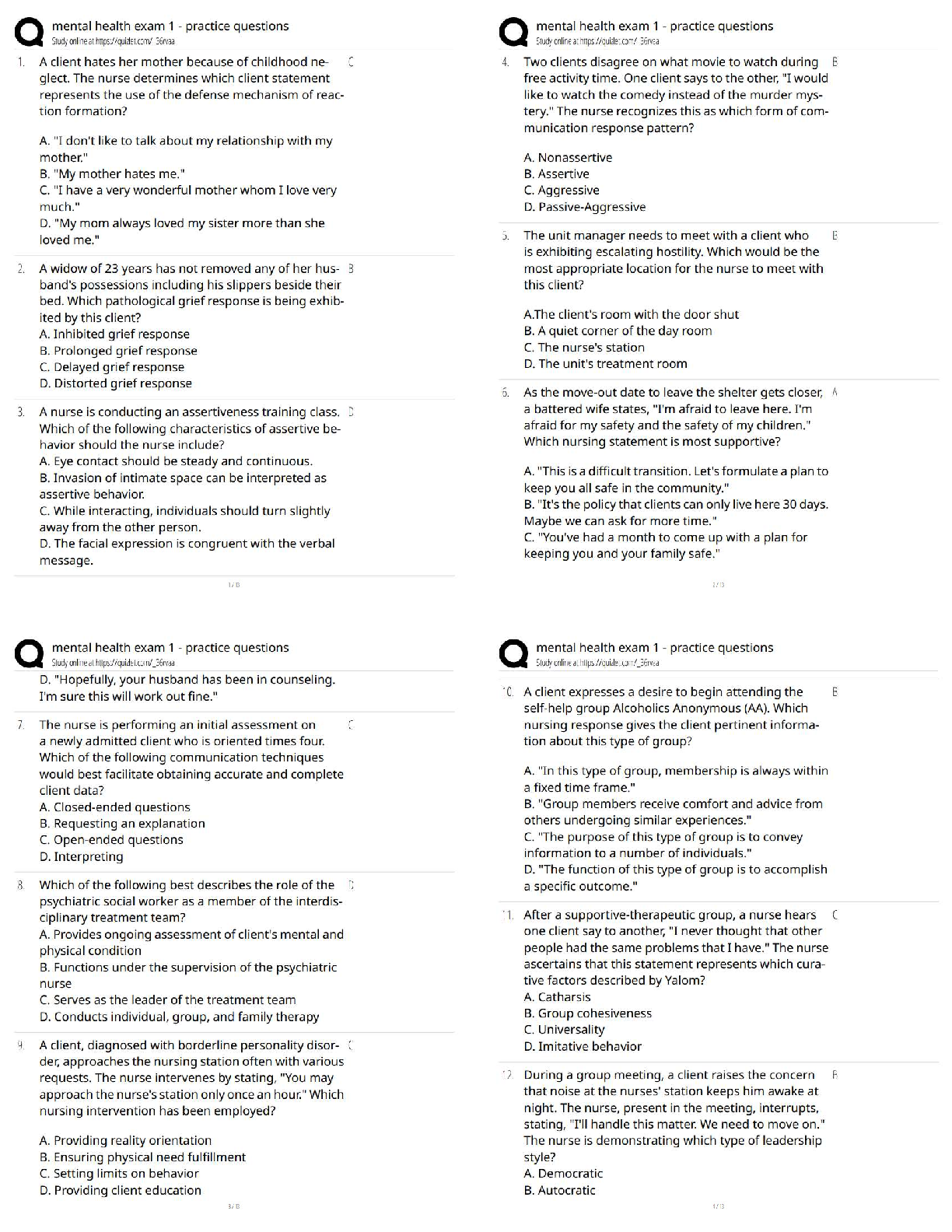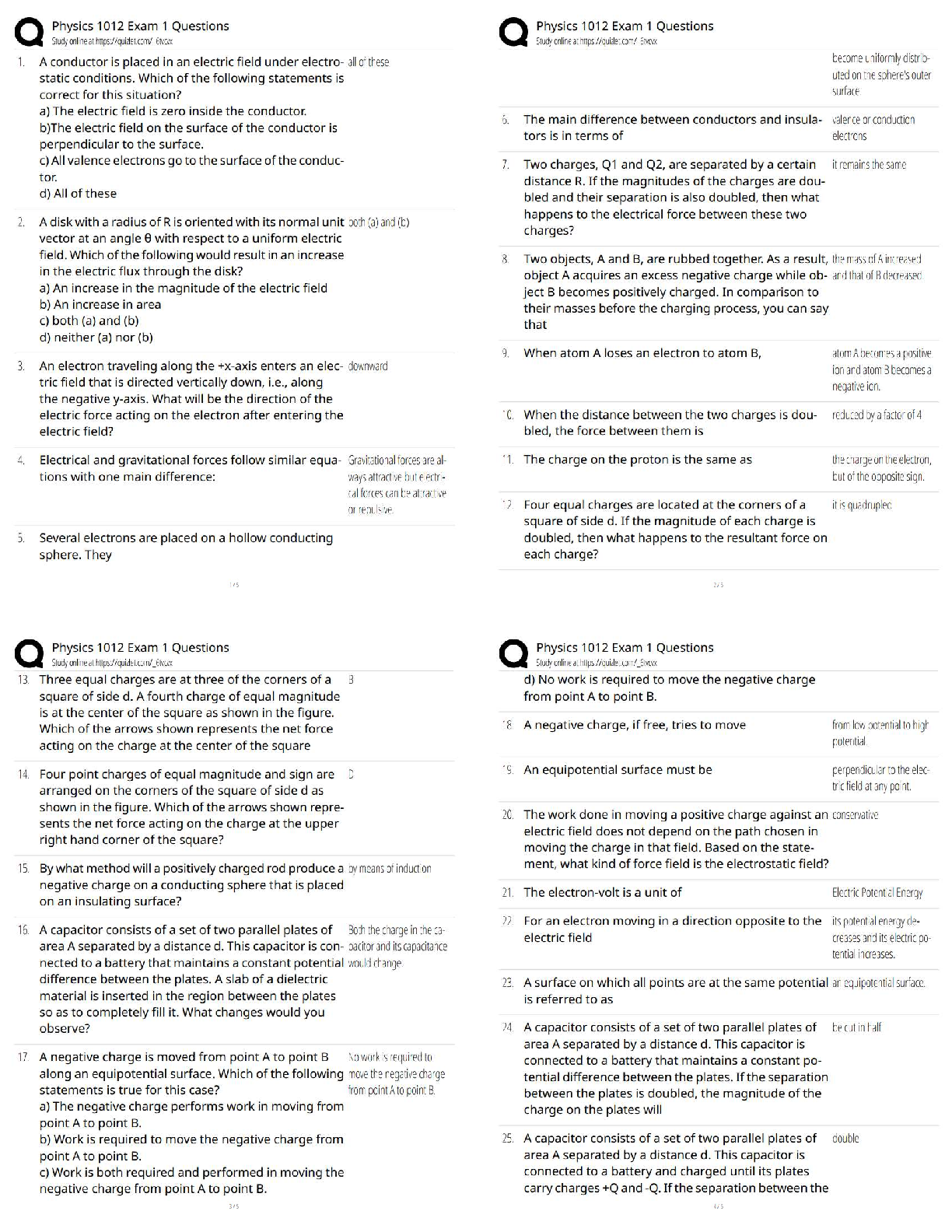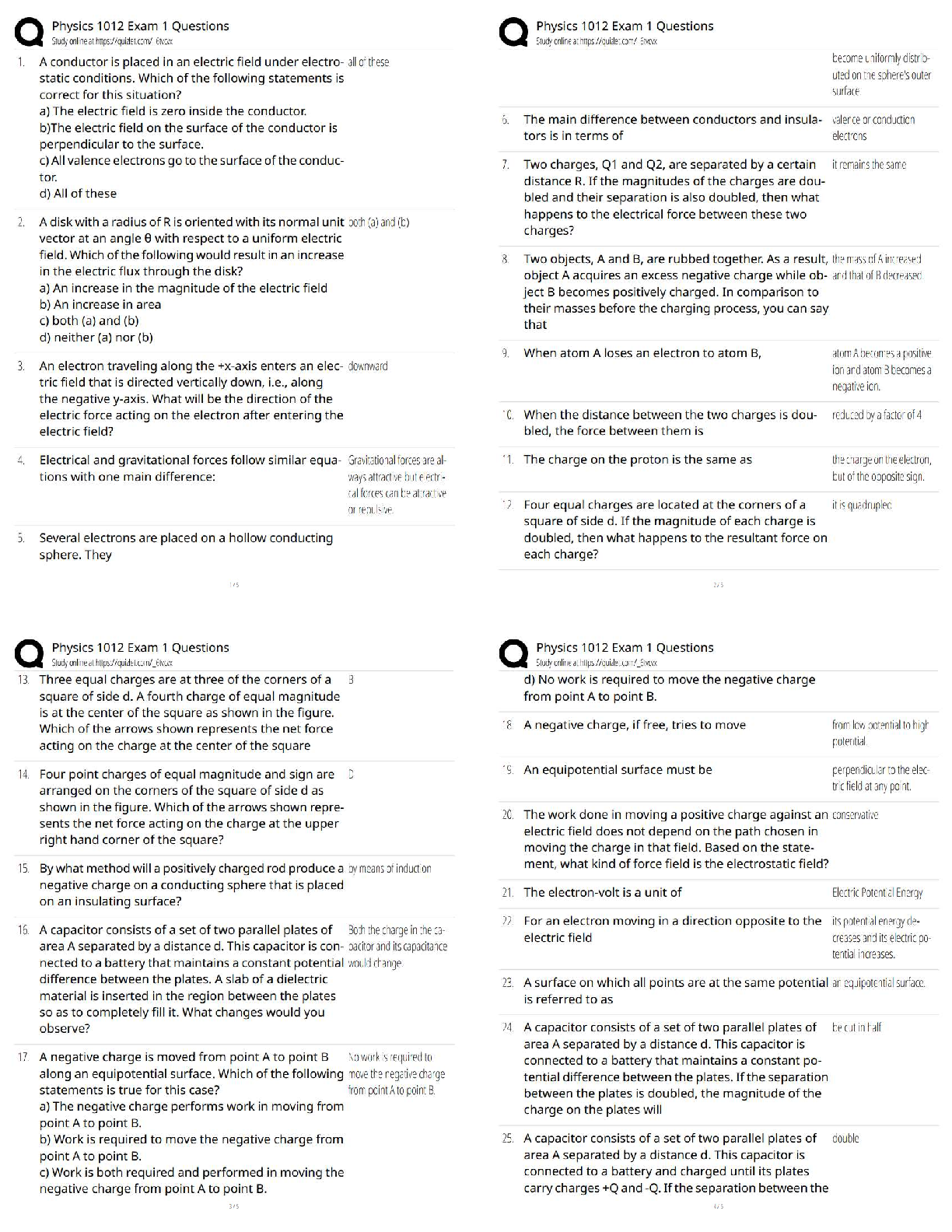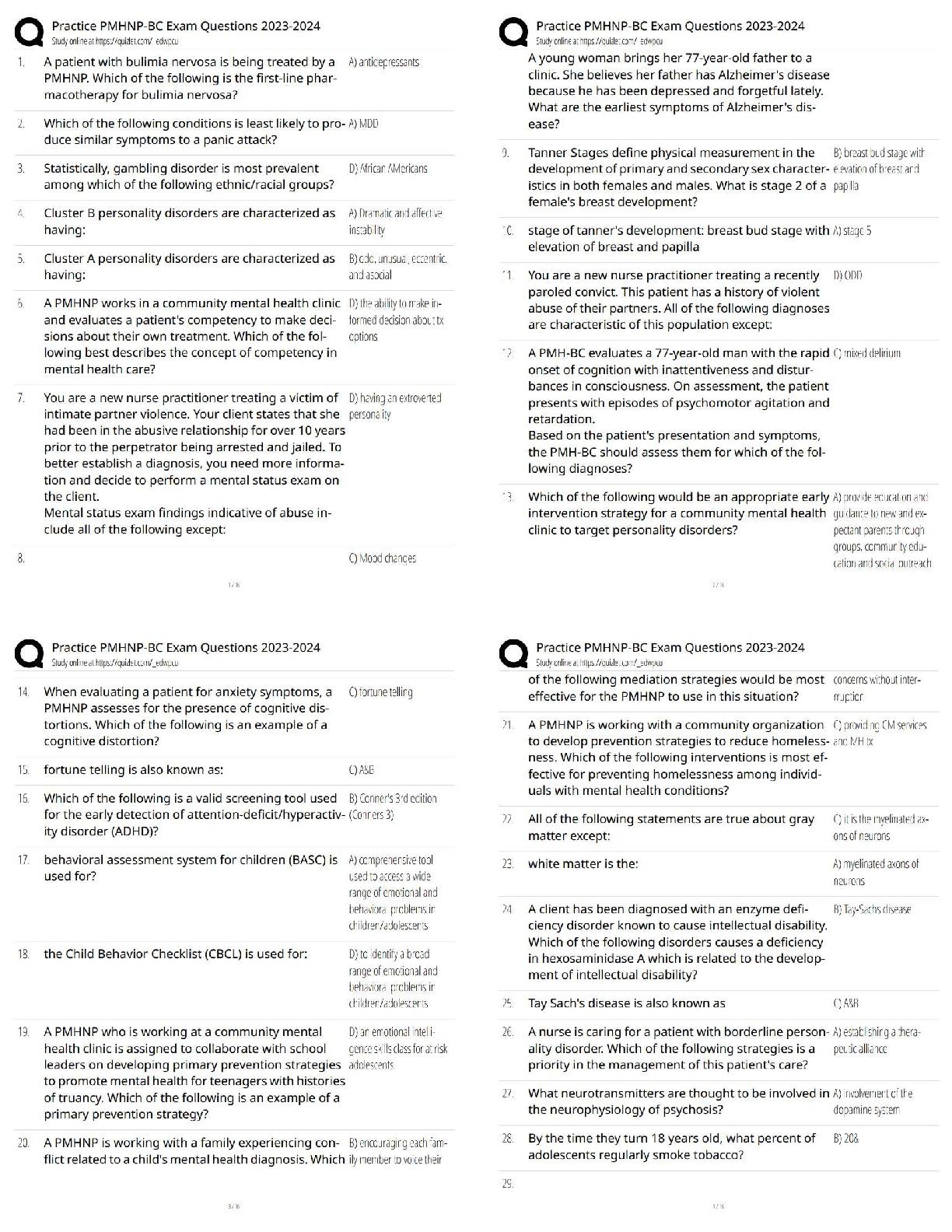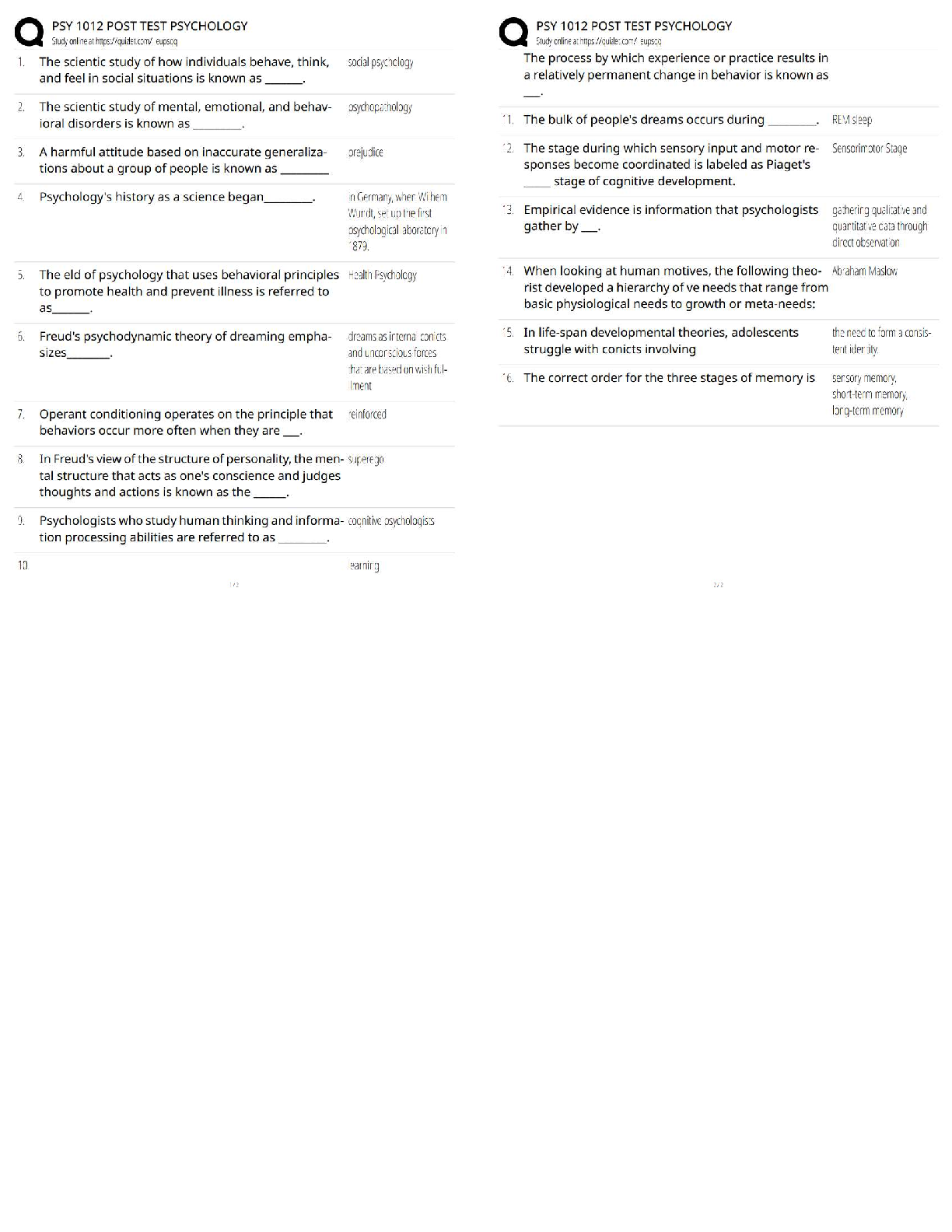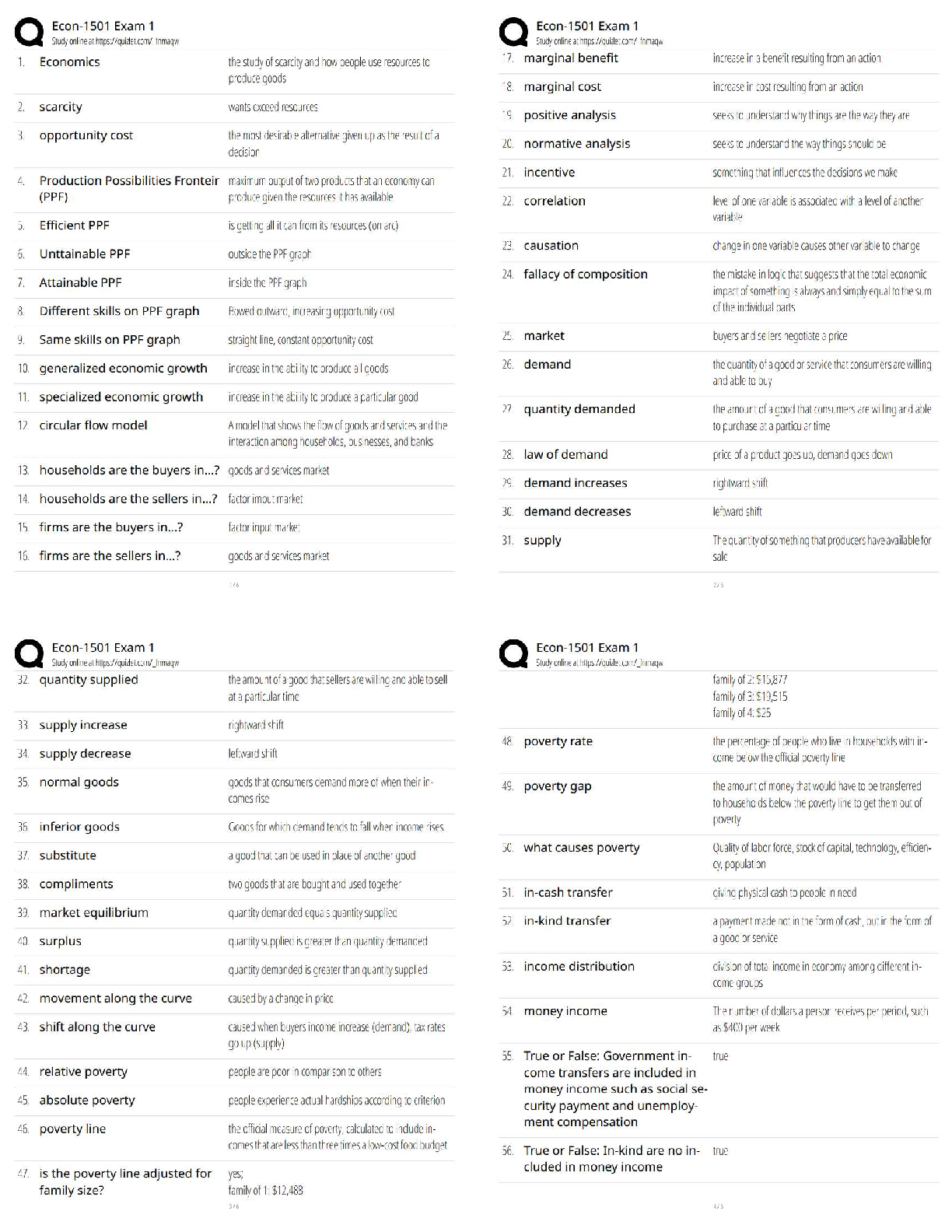Pathophysiology > QUESTIONS & ANSWERS > Chapter 2: Functional Neuroanatomy: The Nervous System and Behavior (All)
Chapter 2: Functional Neuroanatomy: The Nervous System and Behavior
Document Content and Description Below
Test Bank to accompany Behavioral Neuroscience, Eighth Edition S. Marc Breedlove and Neil V. Watson Chapter 2: Functional Neuroanatomy: The Nervous System and Behavior TEST QUESTIONS Multi ... ple Choice 1. Synaptic vesicles are found in the a. cell body. b. dendritic spines. c. axon hillock. d. synaptic boutons. Answer: d Textbook Reference: Specialized Cells Make Up the Nervous System Bloom’s Level: 1. Remembering 2. Which neurons can collect the most information? a. Bipolar b. Monopolar c. Multipolar d. Unipolar Answer: c Textbook Reference: Specialized Cells Make Up the Nervous System Bloom’s Level: 5. Evaluating 3. The major function of Schwann cells is the a. transmission of nutrients to neurons. b. myelination of peripheral nerve fibers. c. scavenging of cellular debris. d. myelination of axons in the brain. Answer: b Textbook Reference: Specialized Cells Make Up the Nervous System Bloom’s Level: 1. Remembering 4. During multiple sclerosis, myelin in the brain is lost. Which cells would be most likely to be trying to replace lost myelin in the brain? a. Oligodendrocytes b. Schwann cells c. Astrocytes d. Both a and b Answer: a Textbook Reference: Specialized Cells Make Up the Nervous System Bloom’s Level: 4. Analyzing 5. The size range of most neuronal cell bodies is a. 1‒10 m. b. 1‒10 mm. c. 10‒100 nm. d. 10‒100 m. Answer: d Textbook Reference: Specialized Cells Make Up the Nervous System Bloom’s Level: 1. Remembering 6. Which histological technique is used for tract tracing? a. Horseradish peroxidase stain b. In situ hybridization c. Golgi stain d. Nissl stain Answer: a Textbook Reference: Specialized Cells Make Up the Nervous System Bloom’s Level: 1. Remembering 7. The human brain contains a. 100‒150 billion circuits. b. 100‒150 billion neurons. c. 100‒150 million neurons. d. 100‒150 million glial cells. Answer: b Textbook Reference: Specialized Cells Make Up the Nervous System Bloom’s Level: 1. Remembering 8. The neuron doctrine a. was confirmed using electron microscopy. b. proposed the existence of synaptic contacts between neurons. c. stemmed from the work of the great neuroanatomist Ramón y Cajal. d. All of the above Answer: d Textbook Reference: Specialized Cells Make Up the Nervous System Bloom’s Level: 4. Analyzing 9. The gaps between segments of myelin are known as a. synaptic clefts. b. nodes of Ranvier. c. terminal boutons. d. neuromuscular junctions. Answer: b Textbook Reference: Specialized Cells Make Up the Nervous System Bloom’s Level: 1. Remembering 10. A collection of cell bodies in the nervous system is known as a a. nodule. b. nucleus. c. fiber. d. plexus. Answer: b Textbook Reference: Specialized Cells Make Up the Nervous System Bloom’s Level: 2. Understanding 11. The range of diameters of mammalian axons is a. 1‒10 mm. b. 0.5‒20 m. c. 0.05‒2.0 m. d. 100‒300 m. Answer: b Textbook Reference: Specialized Cells Make Up the Nervous System Bloom’s Level: 1. Remembering 12. The width of the synaptic cleft is about a. 200 nm. b. 200 m. c. 20 m. d. 20 nm. Answer: d Textbook Reference: Specialized Cells Make Up the Nervous System Bloom’s Level: 1. Remembering 13. In which way(s) are dendrites and axons similar? a. Both are characterized by branching. b. They have similar lengths. c. Both exhibit a tapering of diameter with increasing distance from the cell body. d. All of the above Answer: a Textbook Reference: Specialized Cells Make Up the Nervous System Bloom’s Level: 2. Understanding 14. The “giant” axons of some invertebrate animals can have diameters as large as a. 20 m. b. 1 mm. c. 500 m. d. 20 nm. Answer: c Textbook Reference: Specialized Cells Make Up the Nervous System Bloom’s Level: 1. Remembering 15. Dendrites are a. a type of glial cell. b. the input zone of a nerve cell. c. the output zone of a nerve cell. d. small cerebellar neurons. Answer: b Textbook Reference: Specialized Cells Make Up the Nervous System Bloom’s Level: 1. Remembering 16. Some neurons lack which component? a. Myelin b. Dendrite c. Axon d. Nucleus Answer: a Textbook Reference: Specialized Cells Make Up the Nervous System Bloom’s Level: 2. Understanding 17. Which statement does not describe a reason that tract-tracing studies have been difficult to perform? a. Fibers with different destinations often travel together. b. Axons have very small diameters and therefore are hard to see. c. Axons from different sources look alike. d. All of the above are reasons for the difficulty. Answer: d Textbook Reference: Specialized Cells Make Up the Nervous System Bloom’s Level: 3. Applying 18. Synaptic boutons are a. found within synaptic vesicles. b. protrusions occurring along the length of dendrites. c. swellings found at axon terminals. d. specialized synapses occurring on muscles. Answer: c Textbook Reference: Specialized Cells Make Up the Nervous System Bloom’s Level: 1. Remembering 19. Which type of cell gives rise to brain tumors? a. Pyramidal cells b. Multipolar cells c. Glial cells d. Granule cells Answer: c Textbook Reference: Specialized Cells Make Up the Nervous System Bloom’s Level: 1. Remembering 20. The “slow” rate of axonal transport is a. 400 mm/day. b. 1 m/day. c. less than 8 mm/day. [Show More]
Last updated: 2 years ago
Preview 1 out of 21 pages
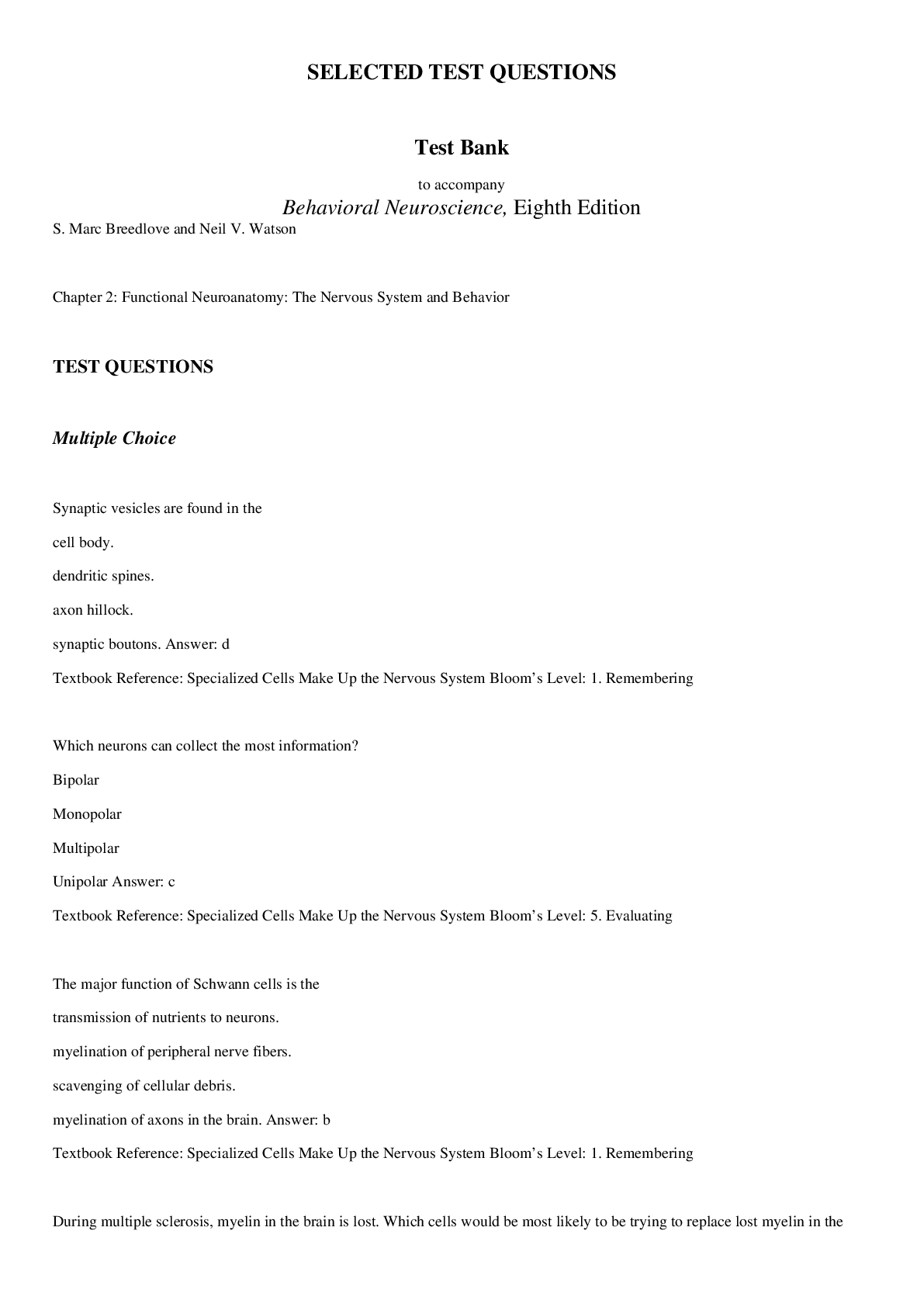
Buy this document to get the full access instantly
Instant Download Access after purchase
Buy NowInstant download
We Accept:

Reviews( 0 )
$14.00
Can't find what you want? Try our AI powered Search
Document information
Connected school, study & course
About the document
Uploaded On
Mar 22, 2023
Number of pages
21
Written in
All
Additional information
This document has been written for:
Uploaded
Mar 22, 2023
Downloads
0
Views
95


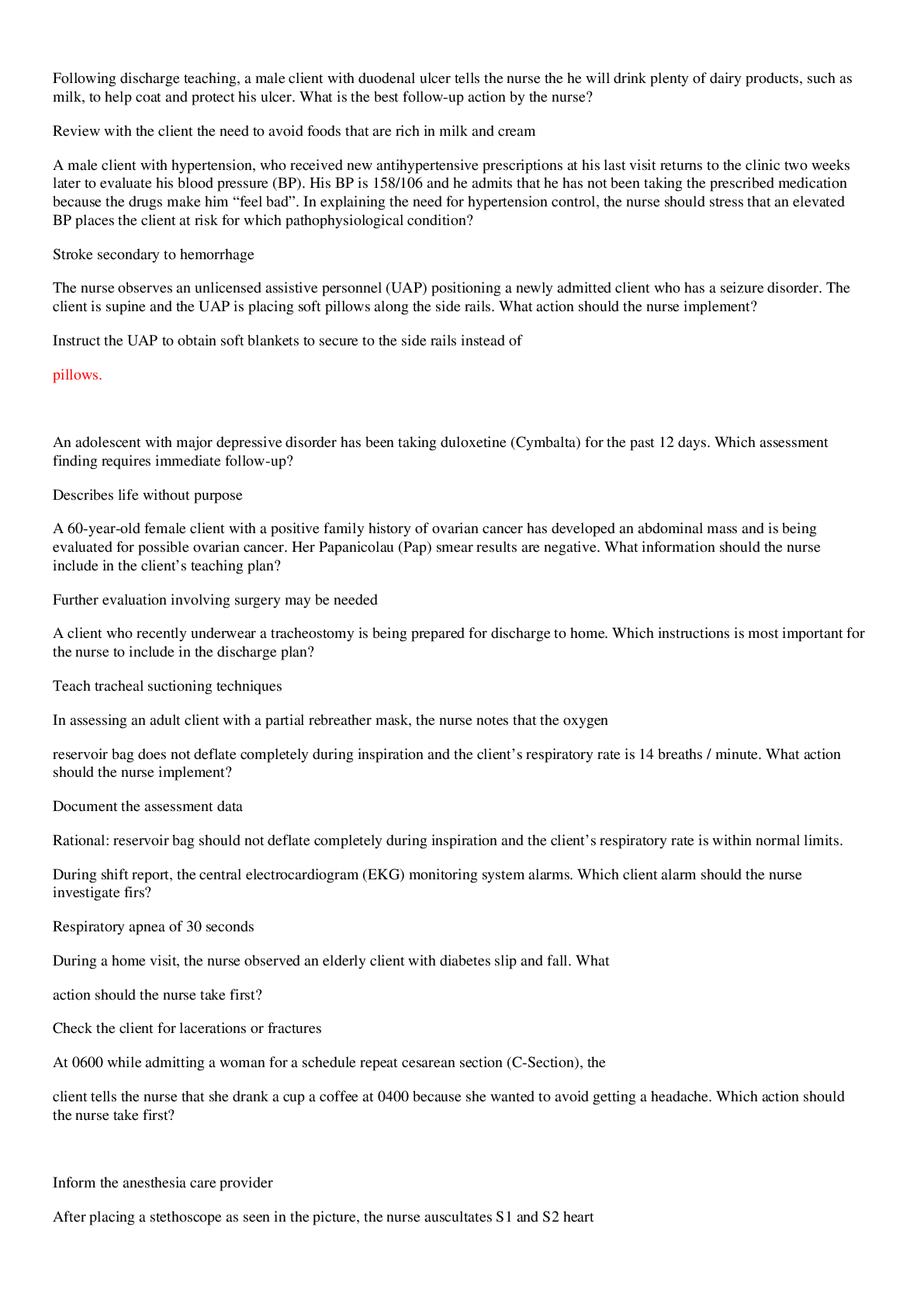
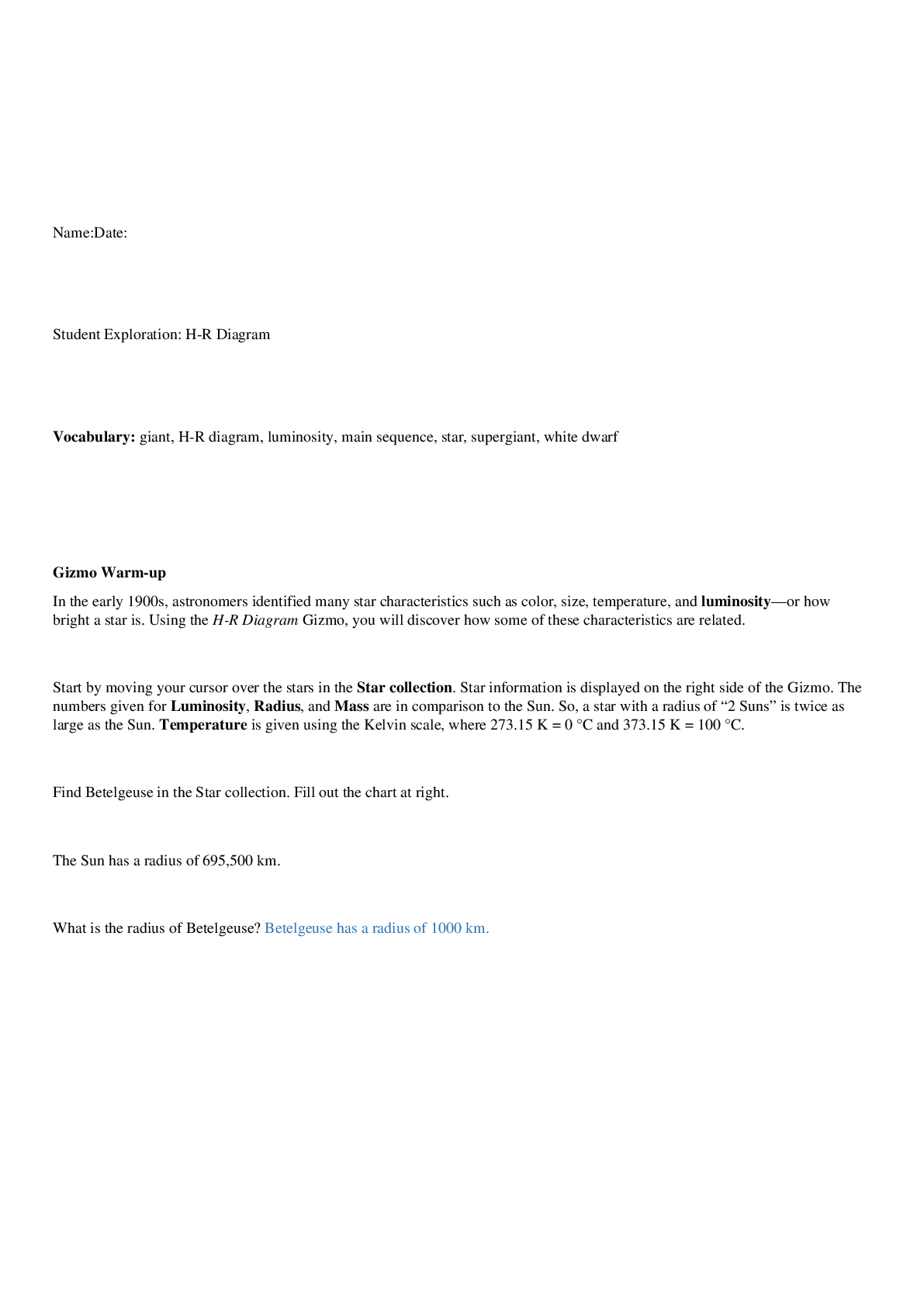
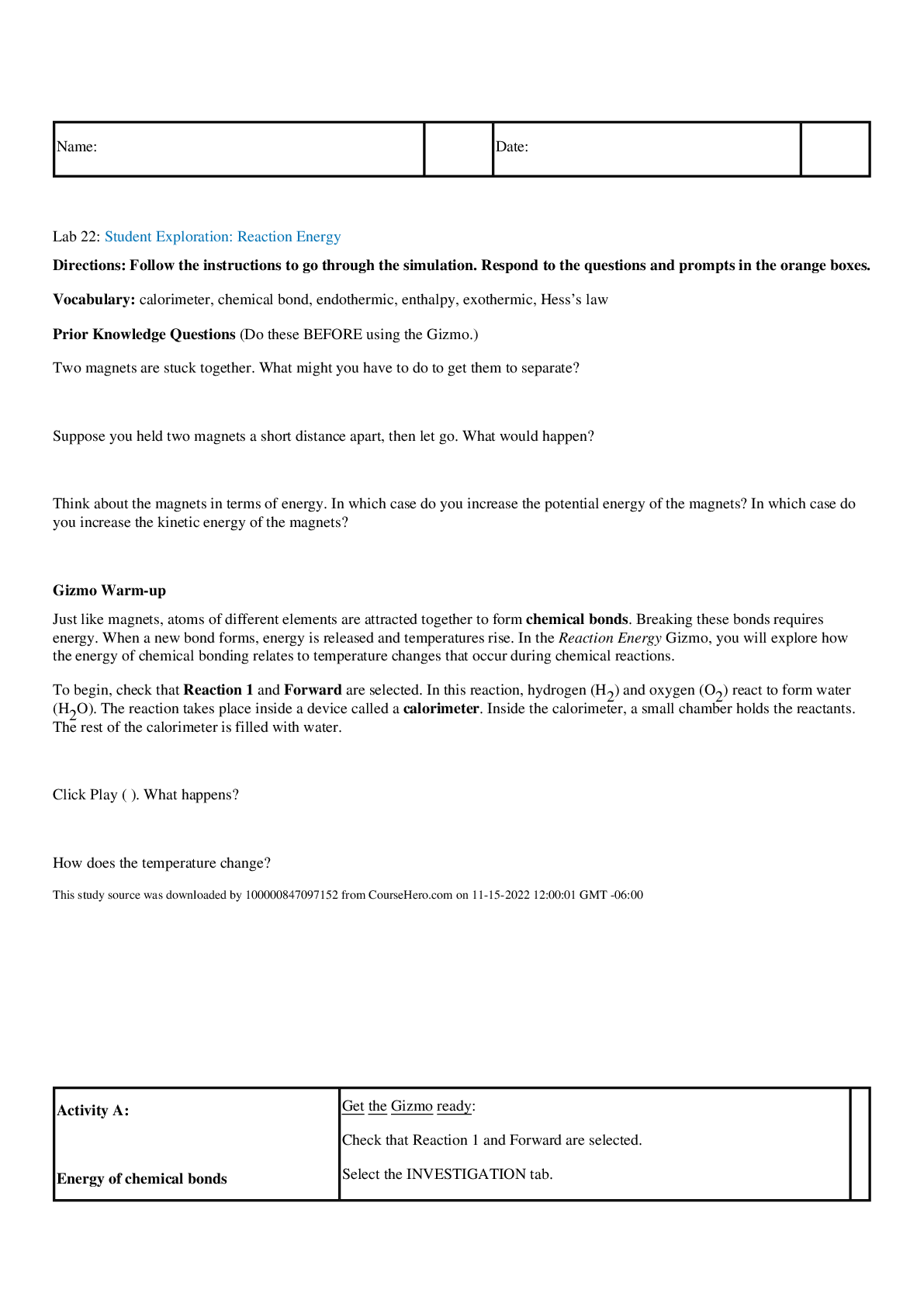
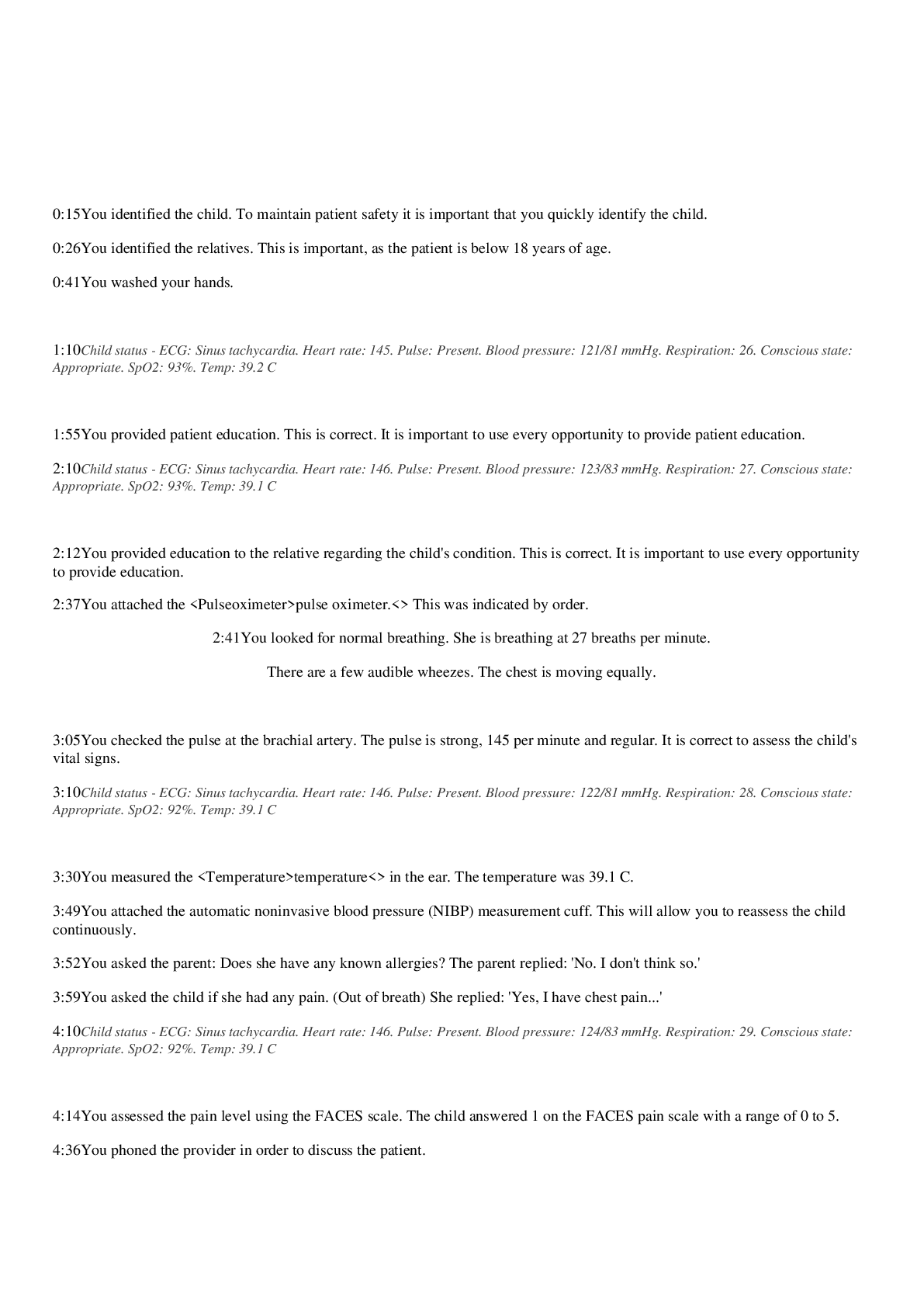
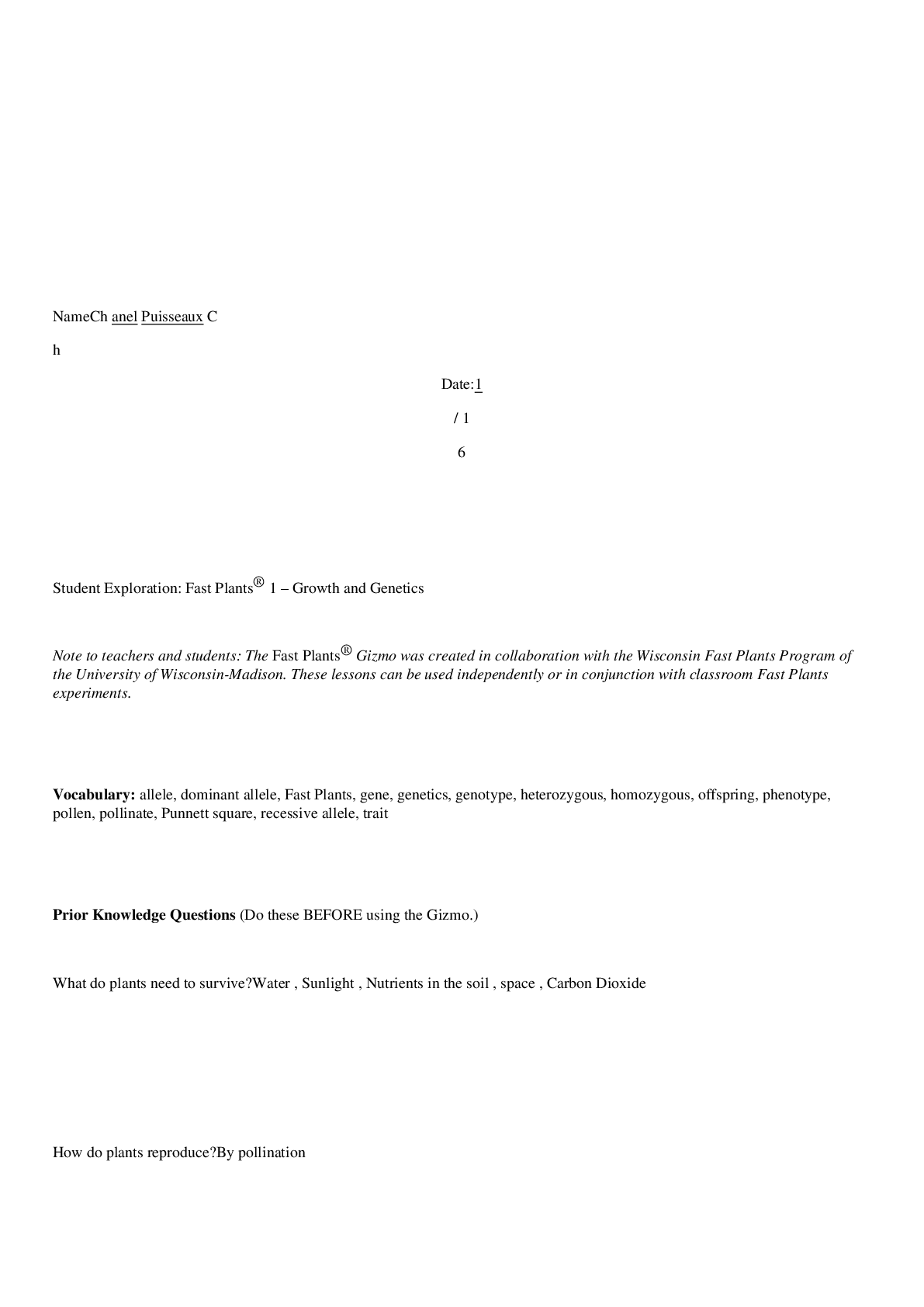

 TEST with Answers.png)

